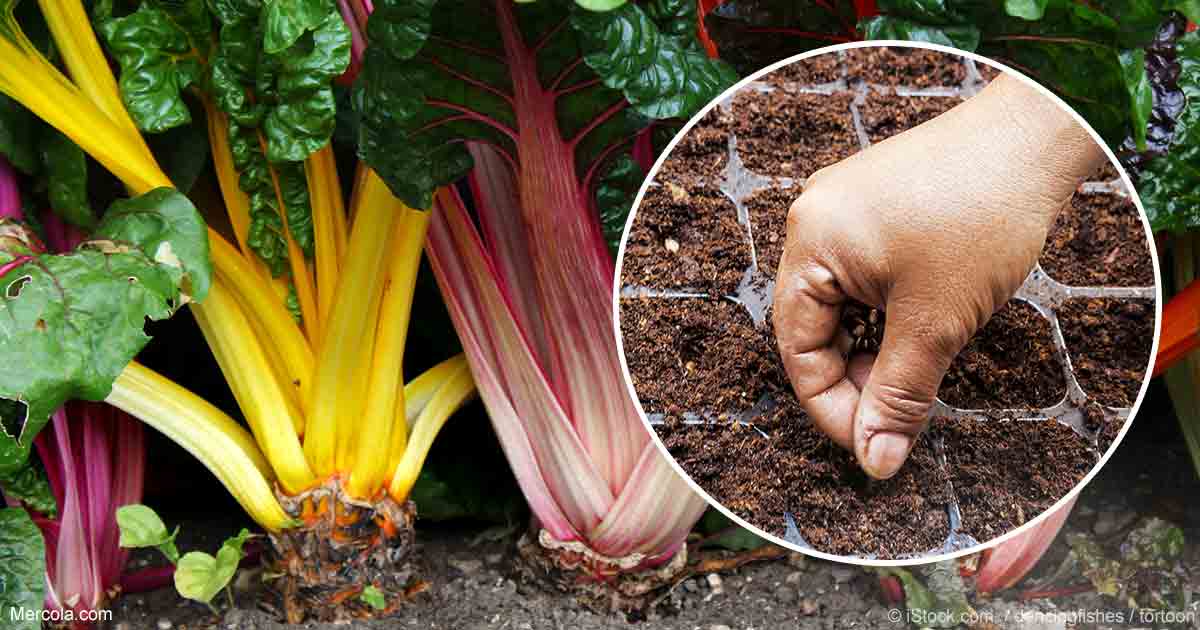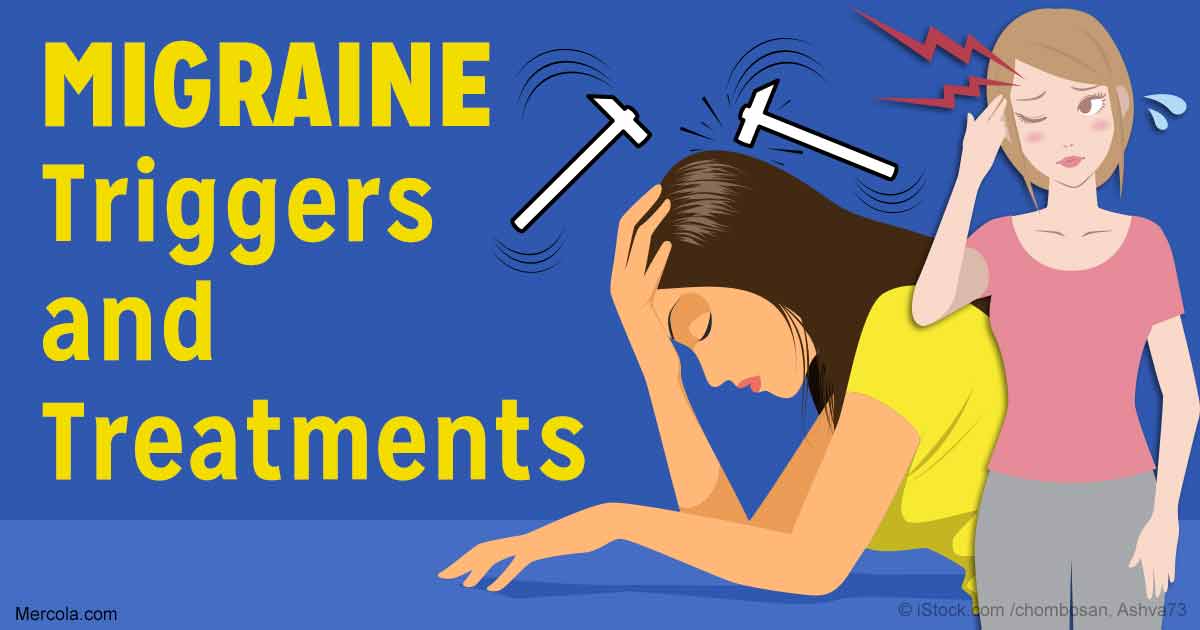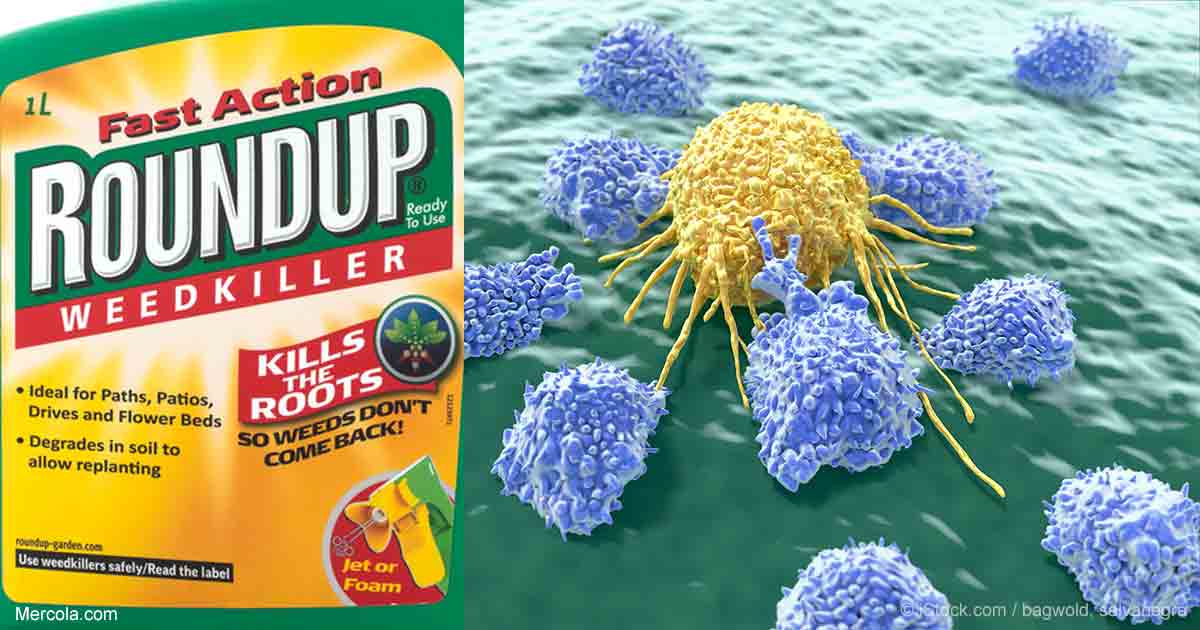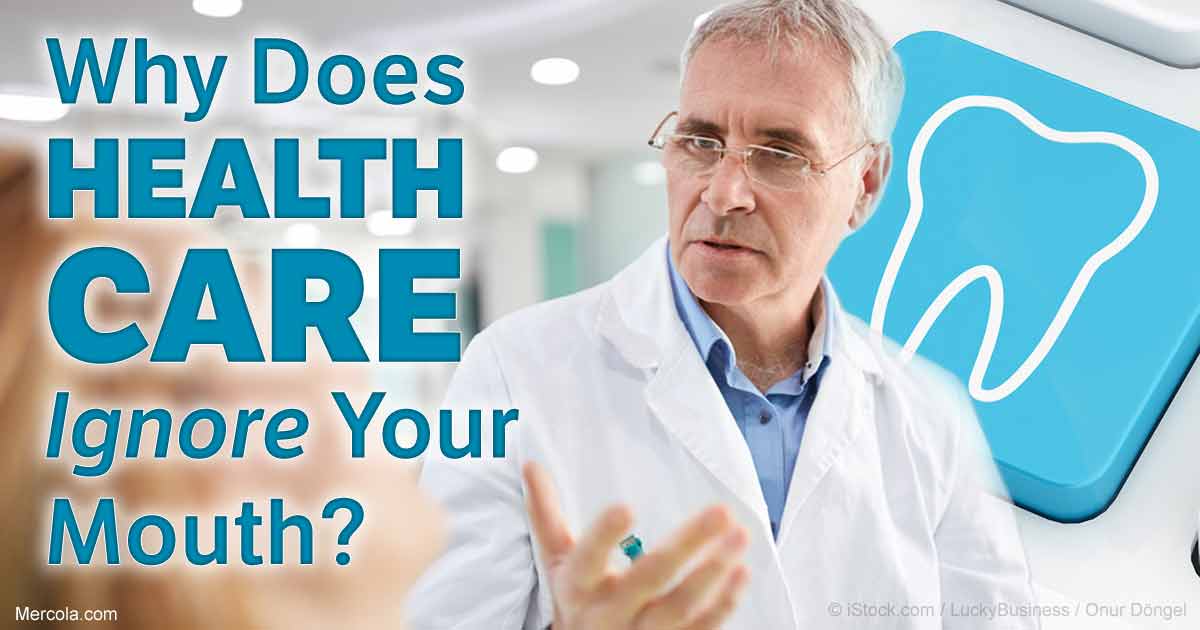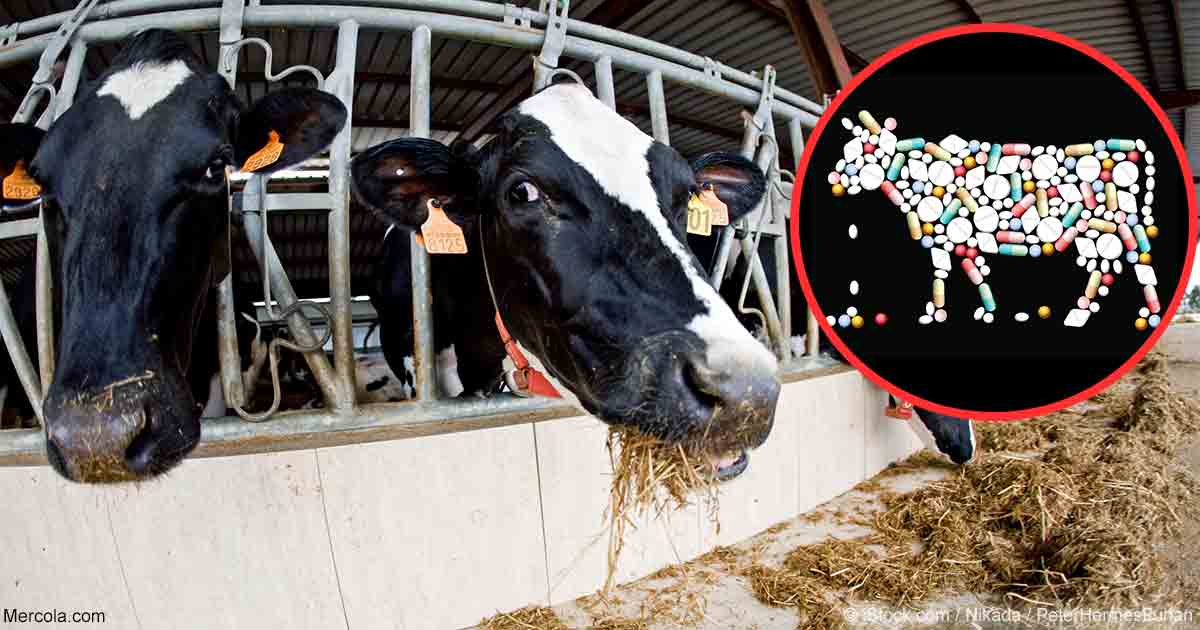
By Dr. Mercola Americans consume 50 percent of all drugs sold globally and 80 percent of the global opioid supply.1 An estimated 60 percent of patients taking opioid painkillers are also taking other drugs that may be hazardous in combination with opioids — a fact that plays a significant part in the current drug overdose epidemic. Prescription opioids are killing people at an unprecedented rate, outpacing both car accidents and gun violence combined. Illicit drug use has also risen as a result, and despite growing opioid use, heroin dealers are outperforming Big Pharma in drug deliveries — so much so the industry is now taking a page from the street vendors' sales manual. FixBit to Revolutionize Medicine "Optimizing delivery to capitalize on rapid-delivery needs is a priority," Evan Adsevil, senior analyst for Umbrella Capital, a Phoenix-based drug innovation firm said in an April 1, 2016, letter sent to senior management and shareholders. "Last year, 300 million pain prescriptio
http://articles.mercola.com/sites/articles/archive/2017/04/01/fixbit-to-revolutionize-medicine.aspx

